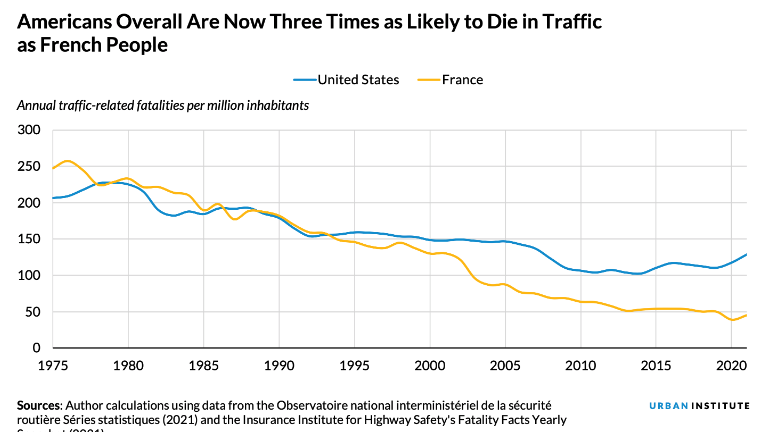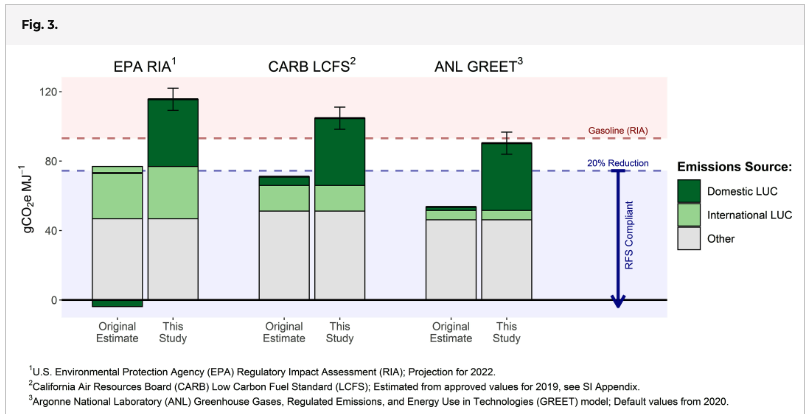What City Observatory did this week
The economics of fruit, time, and place. It’s berry time in Portland, and that got us thinking about how special local products are in defining quality of life. Recently, Paul Krugman, fresh off a European vacation, waxed poetic about the fleeting joy of summer fruit, and true to form, made an economic argument about how this illustrates the value of such perishable time-limited experiences. Here in Portland, we’re in the midst of the brief season of Hood strawberries, a fragile, juicy fruit that puts the crunchy industrial strawberry to shame, and which is available only for a few weeks just prior to the Solstice.
You can only enjoy the Hoods for a few weeks, and because they don’t travel, only in a few places. More broadly though, as Jane Jacobs pointed out, it’s that kind of distinctive, highly local attribute that’s one thing that places can’t have competed away. In an era of globalization and technology that makes so much of our lives ubiquitous and indistinguishable from place to place, it’s the little, local, time-limited things that will matter more and more.
Must read
The Gospel of Induced Demand. We’re frequently at a loss to explain why transportation departments remain in deep denial about the fundamental science behind the idea of induced demand: Building more roads, making it easier to drive, especially in dense urban settings, leads people to drive more. Noting that its a “fundamental law” of road congestion has made little progress with engineers. Perhaps now it’s time to elevate induced demand to a more revered status.
In a new article in Transfers Magazine, Nicholas Klein, Kelcie Ralph, Calvin Thigpen, and Anne Brown do this, in a way, in the “gospel of induced demand.”
We argue that part — though certainly not all — of the problem is that the public largely misunderstands induced demand. Given this misunderstanding, transportation planners, engineers, and other practitioners must become evangelical about induced demand. They should spread the gospel that widening roadways to mitigate congestion is almost certain to fail, and that building new transit to fight congestion will likewise be disappointing. We hope a greater public understanding of induced demand will help reorient transportation investments away from the idea that construction solves congestion.
The science is now quite clear. The big challenge is to educated the public, in the author’s word to evangelize people into understanding that the simply minded notion that we can somehow build our way out of congestion is simply wrong. We heartily agree, but we also know that this teaching will be strongly resisted by those who make a living building roads.
What can we learn from Europe about making roads safer. The Urban Institute’s Yonah Freemark has an interesting trans-Atlantic perspective on road safety. While road deaths are spiking in the US, they’ve been going down in most European countries. Freemark takes a close look at France, which until a little over a decade ago had a higher road death toll (per mile/kilometer traveled) than the US. That disparity has since reversed, and now France is notably safer.
There’s no single explanation for the difference, but Freemark points to several policies that contribute to safer streets and roads: tougher speed limits, automated enforcement, and smaller vehicles. Plus, there’s much more emphasis on pedestrianized areas where people on foot and bike are prioritized over cars.
The Left NIMBY meltdown. Economist Noah Smith takes a look at the state of politics in the housing debate in his Substack newsletter, in a piece calling out the increasingly strident and decreasingly logical arguments left-wing NIMBYs make against policies to make it easier to build more housing in cities. It’s getting harder, Smith argues, for Left-NIMBY’s (progressives who oppose liberalizing zoning) to make a coherent case. He argues:
In the past couple of weeks, the Left-NIMBYs had a bit of a meltdown. And it’s illustrative of what a dead-end Left-NIMBYism is, and how more people are moving to the side of the YIMBYs. Which in turn tells us something about the emerging political economy of the United States.
Academic research has discredited oft-repeated, but simply wrong, claims that building more housing somehow leads to higher rents and displacement (the opposite is true). And strategies to promote “public housing in my backyard (PHIMBY)” have inevitably foundered because these progressives really don’t want any new housing anywhere. Evidence from San Francisco, and other cities, shows that the politics are shifting in favor of more housing.
New Knowledge
The illusory carbon benefits of corn-based ethanol. One of the most prominent technical fixes for automobile carbon pollution is the notion that bio-fuels will reduce carbon emissions from cars and trucks. This idea is behind the “renewable fuel standard” adopted by the federal government, requiring refiners to mix ethanol with fossil-derived gasoline and diesel fuel.
In theory, plant-based ethanol doesn’t add net carbon to the atmosphere, because plants fix carbon from the air as they grow, and burning that carbon simply returns the carbon from photosynthesis. Most ethanol in the US is derived from corn, and farming corn requires extensive fossil fuel inputs (both for fuel for tractors and other agriculture machinery, and for fertilizers). In addition farming ties up valuable agricultural land, and the increased demand for corn tends to drive up the prices of corn and related commodities.
A new study from the University of Wisconsin takes a close look at the overall carbon balance of the renewable fuel standard in the US. It finds that there’s little evidence that substituting ethanol for fossil fuels actually reduces carbon emissions. The authors’ best estimate is that the net effect of the bio-fuels mandate is to actually increase carbon emissions about 24 percent over what they would be otherwise.
The RFS [Renewable Fuel Standard] increased corn prices by 30% and the prices of other crops by 20%, which, in turn, expanded US corn cultivation by 2.8 Mha (8.7%) and total cropland by 2.1 Mha (2.4%) in the years following policy enactment (2008 to 2016). These changes increased annual nationwide fertilizer use by 3 to 8%, increased water quality degradants by 3 to 5%, and caused enough domestic land use change emissions such that the carbon intensity of corn ethanol produced under the RFS is no less than gasoline and likely at least 24% higher.
The key reason for the poor net carbon performance of the renewable fuel standard is the land use changes triggered by the policy. Rising prices increase land under cultivation, and the net effect is to increase total carbon emissions. The author’s re-estimate the results of three earlier studies, undertaken by the EPA, the California Air Resources Board, and Argonne National Labs. They find that once land use changes (LUC) are allowed for, the net effect of the RFS is to increase carbon emissions.
Many states count the substitution of ethanol for gasoline as a reduction in their calculation of emissions reductions for purposes of establishing progress toward greenhouse gas reduction goals. This research suggests that those savings are largely, if not entirely, illusory.




